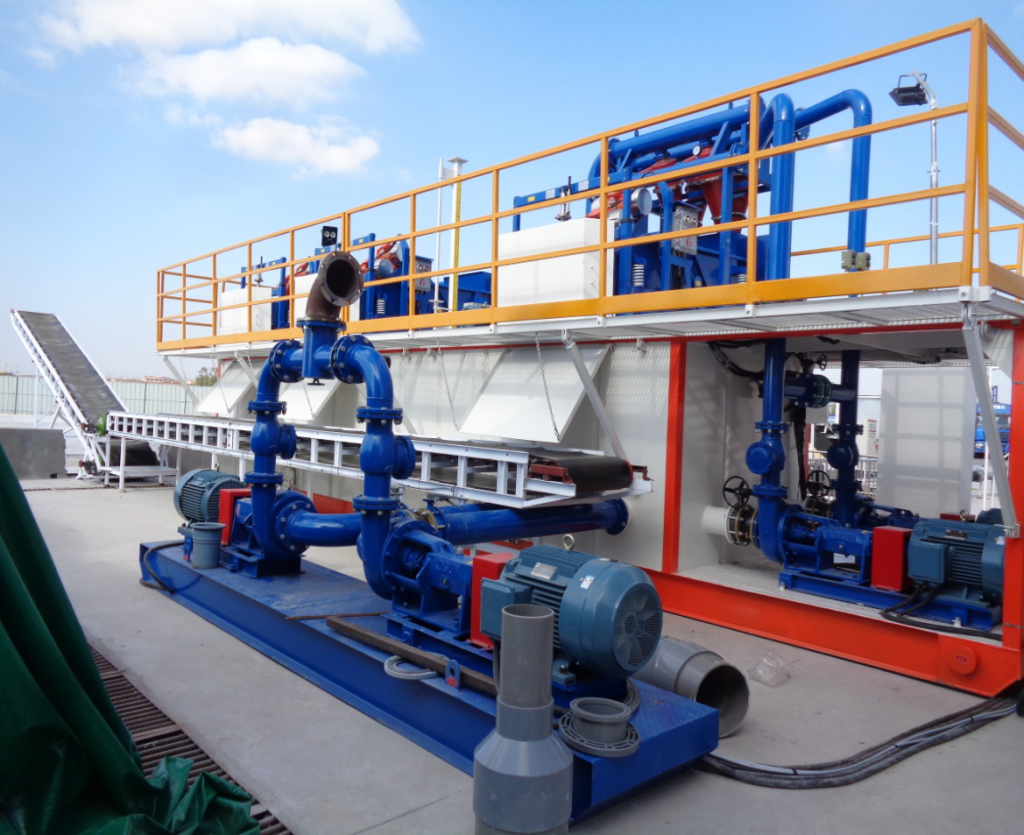Horizontal directional drilling (HDD) has become a popular method for installing underground utilities with minimal damage to the surface. An important aspect of HDD operations is the management of drilling mud, which is critical for lubricating the drill bit, carrying cuttings to the surface, and stabilizing the borehole. To effectively handle slurry, HDD contractors rely on advanced slurry recovery and recovery systems.

HDD mud recovery system, also known as mud circulation system, is an important part of HDD operations. The system is designed to remove solids, control viscosity and maintain the properties of the drilling mud, ensuring it can be reused throughout the drilling process. By recycling slurry, contractors can minimize waste, reduce costs, and comply with environmental regulations.
Horizontal directional crossing mud recovery systems play a vital role in separating drilling mud from drilling solids, thereby enabling effective mud recovery and reuse. Not only does this reduce the amount of fresh water required for the drilling process, but it also minimizes the disposal of drilling waste, making the operation more sustainable.
Mud handling equipment is an integral part of the HDD mud recovery system as it helps separate solids from the drilling mud. The equipment typically includes vibrating screens, desanders, desilters and centrifuges, which work together to remove particles of different sizes from the slurry, ensuring it meets the specifications required for reuse.
HDD trenchless mud recovery systems are designed to address the specific challenges of high pressures and flow rates encountered by mud in trenchless drilling. The system is designed to efficiently handle and recover drilling mud, maintaining its performance under demanding drilling conditions.
In summary, the implementation of HDD mud recovery systems is crucial to the success of horizontal directional drilling projects. By investing in advanced mud recovery systems and handling equipment, HDD contractors can optimize the drilling process, minimize environmental impact, and achieve cost-effective operations. As the demand for trenchless drilling continues to grow, the importance of an efficient mud management system cannot be overstated.



